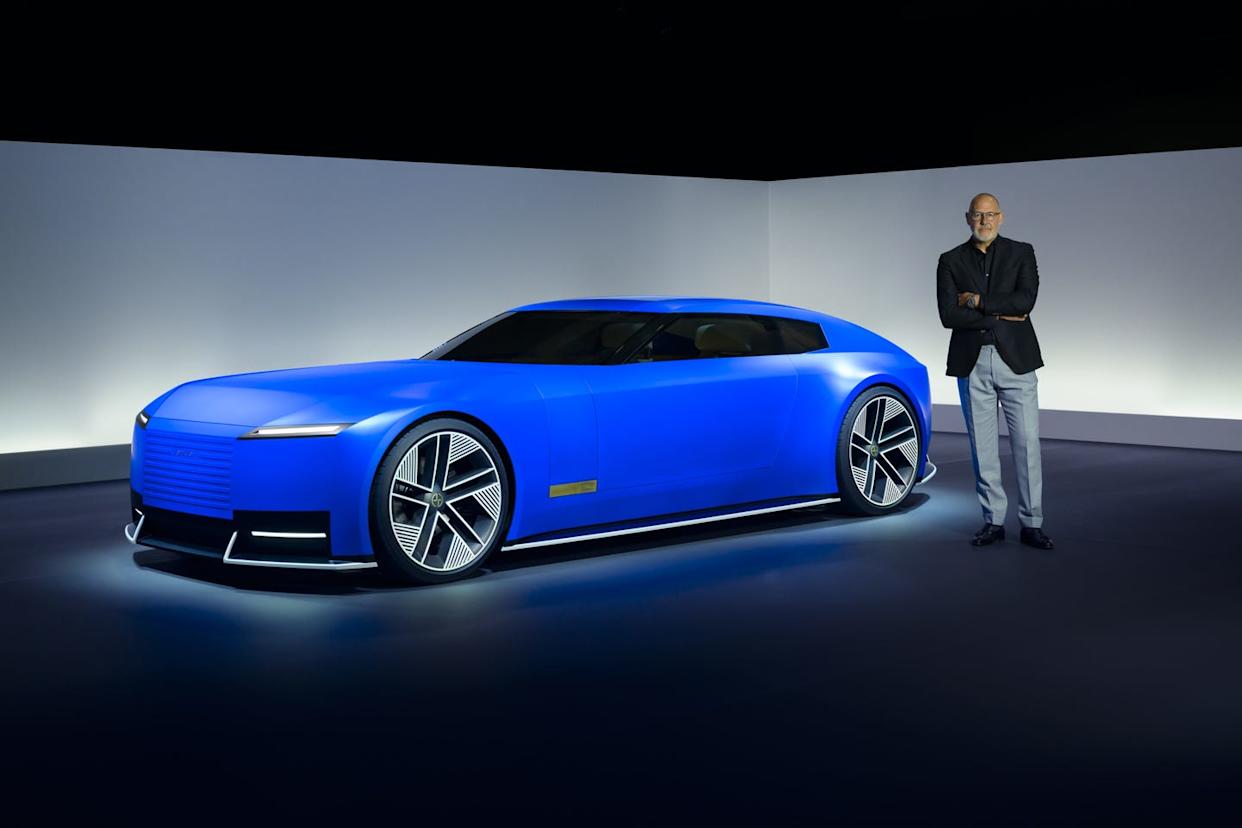
Rawdon Glover has been on a world tour. Since the splashy reveal of Jaguar's new design identity and Type 00 concept electric GT show car at Art Basel Miami last December, the managing director of the venerable British sport-luxury brand has taken his radical new logo, and radically blunt-nosed show car, on the road.
"We've been to Tokyo, we've been to Munich, we've been to London, we've been to Monaco, we've done a couple of activations in the U.S.," Glover told C/D in a one-on-one sit-down in advance of such an event, in a made-over warehouse, during Monterey Car Week. "And that's an opportunity for us to unpack what we're doing in a bit more detail."
The opportunity is relevant, perhaps even requisite, as the leaping-cat brand raised plenty of eyebrows, question marks, and expletives with its intended shift to lower-case lettering, rosy hues, brutalist styling, and a more upscale, solely EV lineup.
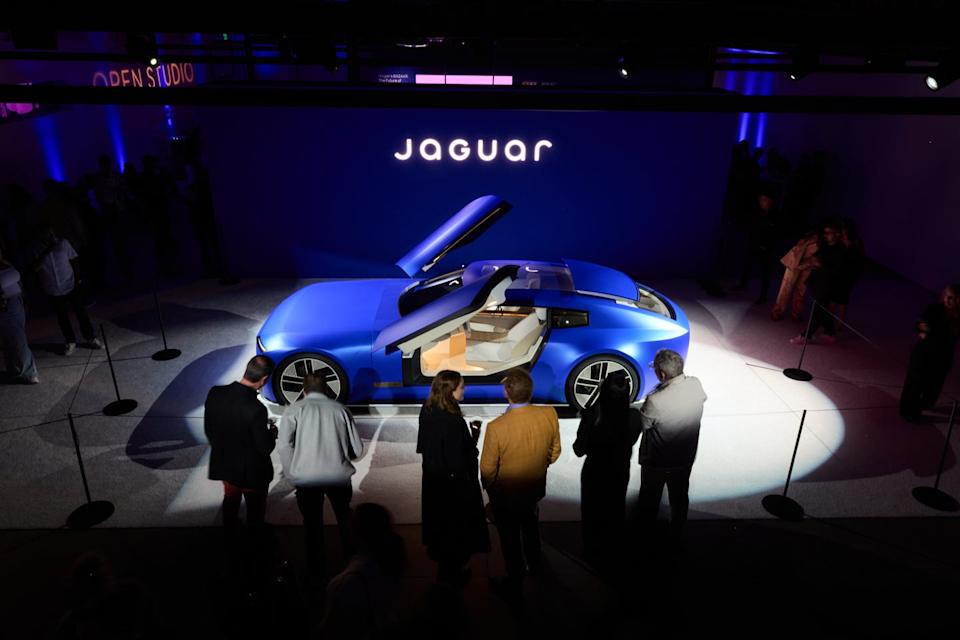
"Miami was incredible in terms of the number of eyeballs on the brand, and the fact that people were actually talking about Jaguar again. But for our ability to explain to the world why we made such a change, how this links to our past and our heritage, and why we've chosen the particular icons we have, places like social media have not been a great platform," Glover says. "Social media is a very binary place. It's love and hate, it's black and white. And it's not great for the kind of context and nuance that are central to what Jaguar is doing."
Instead, representatives of the brand have been meeting in person with key constituencies around the world—enthusiast club members, former Jaguar designers and executives, hand raisers, middle-finger raisers—to explain its intent. Obviously, such interpersonal tactics necessarily self-limit the scale in terms of who can be reached. This, Glover believes, dovetails ideally with the relaunched brand's goals.
"Our foray into the volume premium space, competing largely against the big three Germans—who have massively different economies of scale in manufacturing and purchasing—was a tough place for us to execute in," he says. Instead, the brand looked to its heritage and determined that the times when it was most successful, profitable, and culturally relevant were when it was smaller and more exclusive.
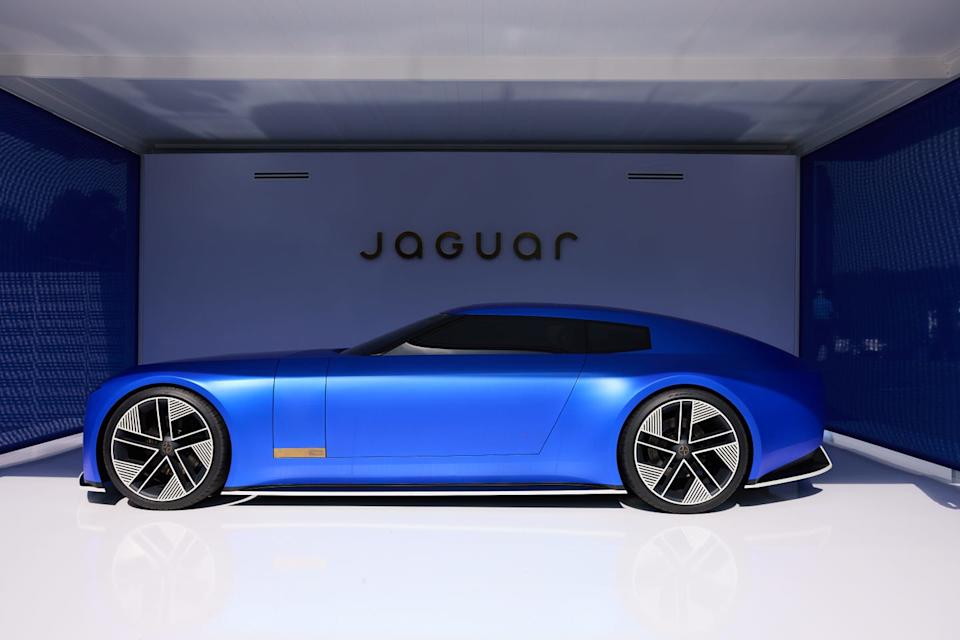
"Great design polarizes," he adds. "If you try to please everybody, chances are you're not going to have lasting design. We don't want to be vanilla. It's a very distinctive design. People need to get in and see themselves in it, because it needs that sense of physicality."
Glover describes the Type 00 concept car as "the purest manifestation of the design language we can expect from Jaguar." The first production vehicle within this new identity will be a $130,000, 1000-hp four-door GT styled like the Type 00 and boasting over 400 miles of EPA range, which will be unveiled late next year.
"The role of the four-door GT is to establish the brand at that price point, because Jaguar today is transacting at roughly half that." For this to occur, a passel of other key initiatives also need to align. "Our product has to be amazing. The driving experience has to be amazing. The client experience has to be amazing. And our product quality has got to be better," Glover says.
Jag doesn't exactly have a stellar reputation in many of these realms. But Glover notes that it is improving. A perusal of independent sources such as the J.D. Power Initial Quality Index demonstrates this. While the brand ranked near the bottom of the list in 2020, marked gains placed it near the top in 2025, just below stalwarts like Lexus. "We've done really well, and I think that's very much the efforts of the last 10 years," Glover says.
We're willing to posit that the brand's plummeting sales and production figures—which are down by more that 50 percent since the start of the decade and likely to hit a record low this year, as it winds down production of existing models completely—have afforded it a bit more attention to detail on each of the few cars it does build.
However, this diminished volume aligns well with Jag's intended production figures post-relaunch, which, according to Glover, will be higher than brands like Lamborghini or Aston Martin, but below those of the premium Germans. Instead, Jaguar will occupy the "white space" that exists where high-end models from Mercedes and BMW end, but beneath the positioning of more exclusive exotics.
This all seems logical. But it is dependent on execution, and people's willingness to follow the brand into this new electrified territory, given past ignominies of its Lucas-built system and multiple recalls of its first electric vehicle, the I-Pace, for battery issues. By way of example, Glover points to his recent experience at the "Gucci Cosmos" exhibition, a global brand experience showcase that he viewed recently in Shanghai.
Another profferer of luxury lifestyle founded in the early 1920s, like Jaguar, Gucci has also had its ups and downs—from representing the jet set elite in the mid-century era, to peddling cheap licensed products at department stores and adorning the interiors of AMC Hornets in the 1970s and 80s. But it has recently phoenixed to primacy in today's global, monogram-obsessed consumer culture. As such, Glover found its booms and busts and booms inspiring.
"There's been a whole series of things in that brand, some of which are kind of incredible and iconic, and others... less so," he says. "And I think for us, there are moments in our history, and there are many, that absolutely fit with this context of copy nothing and breaking new ground. Those are the moments that we will build on. And the vehicles will not come along until they're ready."
You Might Also Like
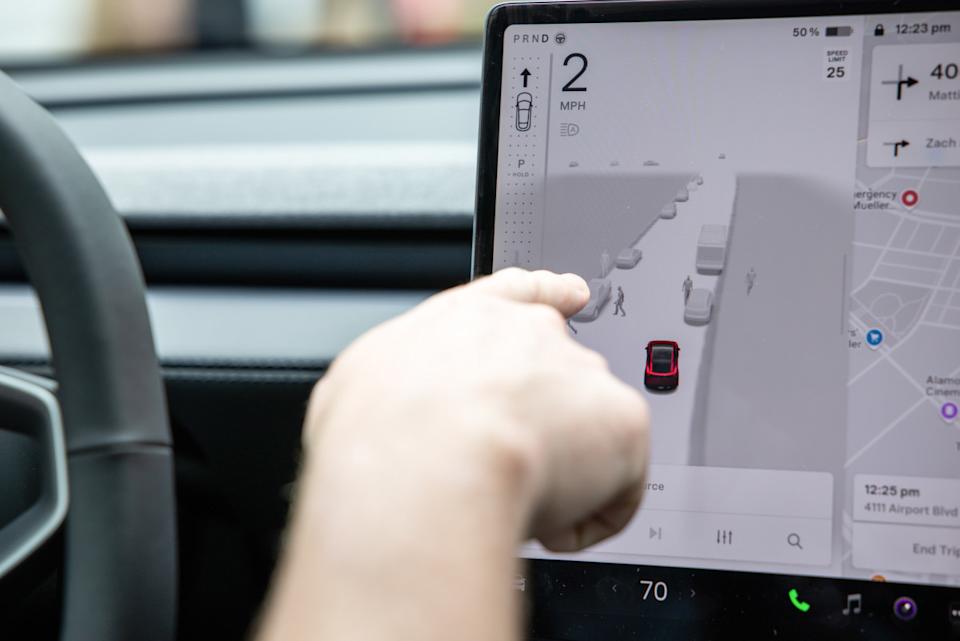


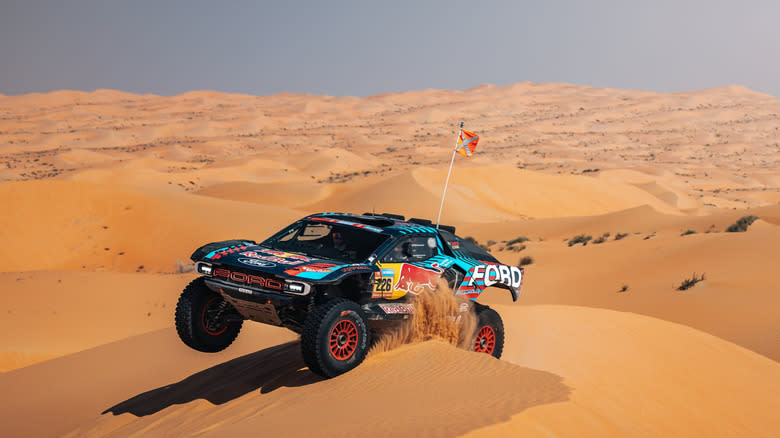
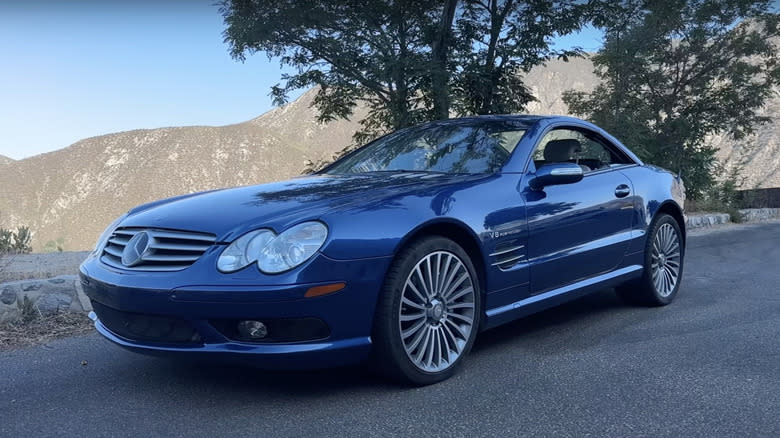
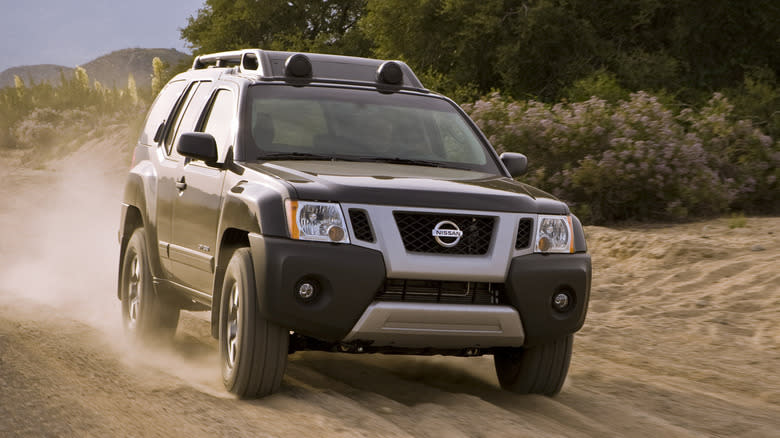
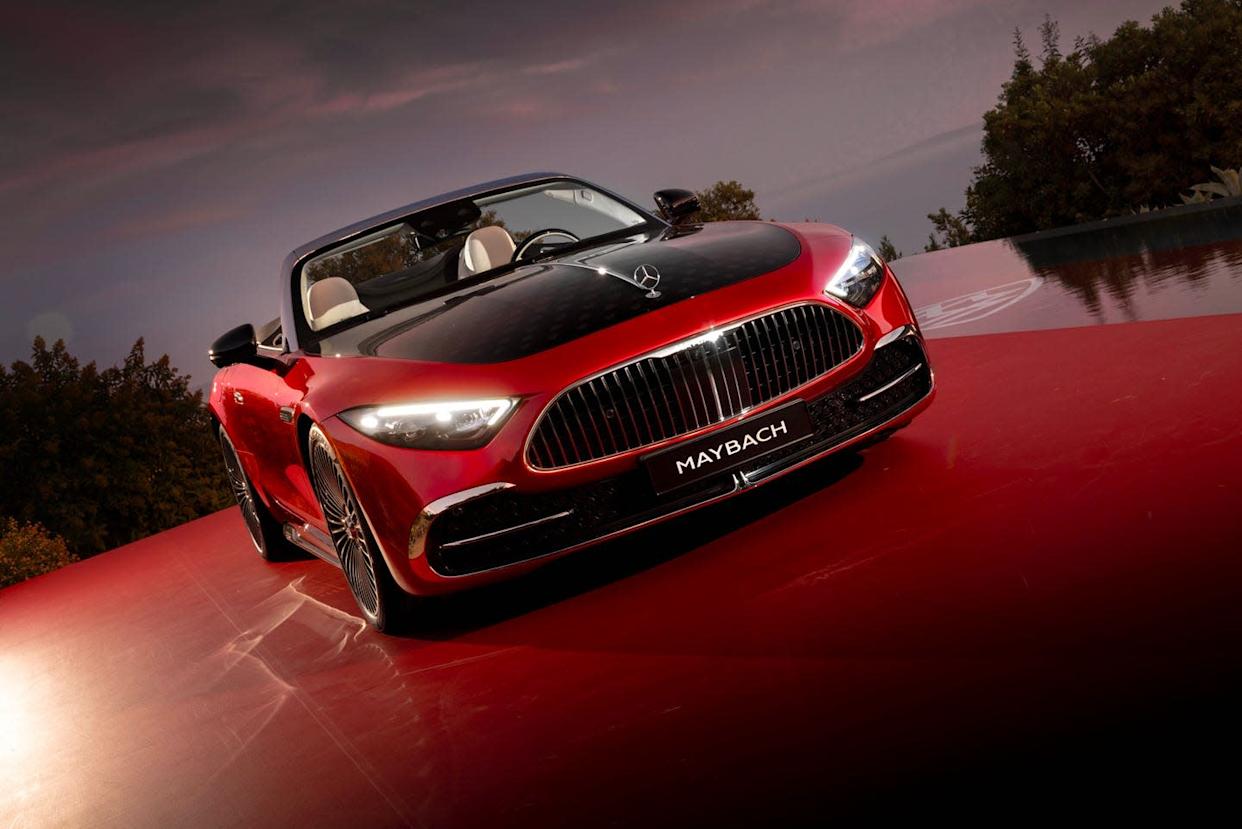

Comments